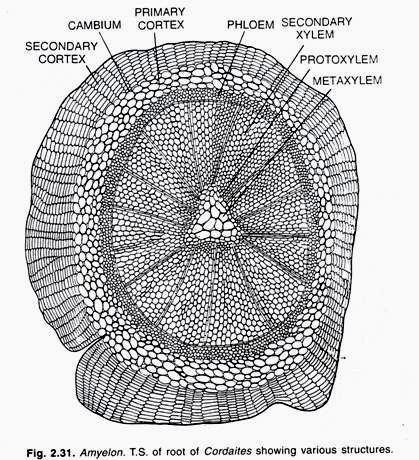The below mentioned article provides biology notes on functional genomics.
Functional genomics is to place all of the genes in the genome of an organism within a functional frame work. Actually, in every organism about 12-15% genes are structural genes which are expressed for certain characters. These are transcribed in a given cell. This is helpful in overall functioning of the cell and organism.
Functional genomics brings together genetics with gene transcripts, proteins and metabolites by analyzing genome sequencing. Functional genomics is driving a shift from vertical analysis of single genes, proteins or metabolites towards horizontal analysis of full suites of genes, proteins and metabolites. This may help in molecular participation of a given biological process. This offers the prospect of determining a truly holistic picture of life.
Functional Genomics Toolbox:
The functional genomics emerged in response to the challenges posed by complete genome sequences. To understand this process it is necessary to know the biochemical and physiological function of every gene product and their complexes.
The activity of genes manifests at a number of different levels, including RNA, protein and metabolite levels and analyses at these levels can provide insight not only into the possible function of individual gene but also the cooperation that occurs between genes and gene products to produce a defined biological outcome.
The technology, involved in defining functional genomics are DNA or oligonucleotide microarray technology for determining mRNA, 2D gels and mass spectroscopy and other methods for analyzing different proteins and GC-MS or LC-MS for identifying and quantifying different metabolites in a cell. High throughput methods for forward and reverse genetics are also integral to functional genomics (Fig. 27.25).
Methods in Functional Genomics:
Functional genomics lies on gene expression, profiling (mRNA) in protein expression, reverse genetics, the generation of targeted mutations in genes of interest besides forward mutation rate, the generation of random mutations in the genome for desirable mutants and bioinformatics.
These criteria help in providing maximum information of a particular organism. This helps in understanding the biological process at the molecular level and also useful to identify novel genes regulating this process. To understand the gene function, it is desirable to identify genes and to understand its expression at the whole genome level.
There are many prokaryotic and eukaryotic organisms whose genomes are fully sequenced. The current discovery is mapping of whole sequences of genes present in human genome. It is possible to assign functions to novel genes and proteins, and to understand biological processes at the molecular level.
The integrated understanding of the control of gene expression and knowledge of signal transduction, cell signalling and overall cell function are dynamic tools to study regulation of gene expression in any given cell type. In yeast cells, transcripts associated with different parts of the cell cycle form discrete clusters.
These studies allowed sequence tags encoding proteins of unknown function to be assigned to putative classes based on their clustering with genes of known function. Here, role of functional genomics will be to test those repetitive functions and apply to resolve complex biological processes.
Future Prospects:
It has good future as briefly given below:
(a) In Human Pathology:
Application of gene expression profiling in understanding the human cells and tissues to disease is under way. It would be possible in future to study the modifications in gene sequence during infection. Such studies will yield fundamental insights into the etiology and pathogenesis.
(b) In Parallel Sequencing:
In a number of laboratories, most of the sequences are generated using different approaches. Integrating very different datasets is not as simple as assembling a sequence itself which serves as an absolute standard. Although transcriptional profiling can be used to construct the standardized databases based on absolute RNA and protein levels, yet this is clearly not the case for relative gene expression data.
